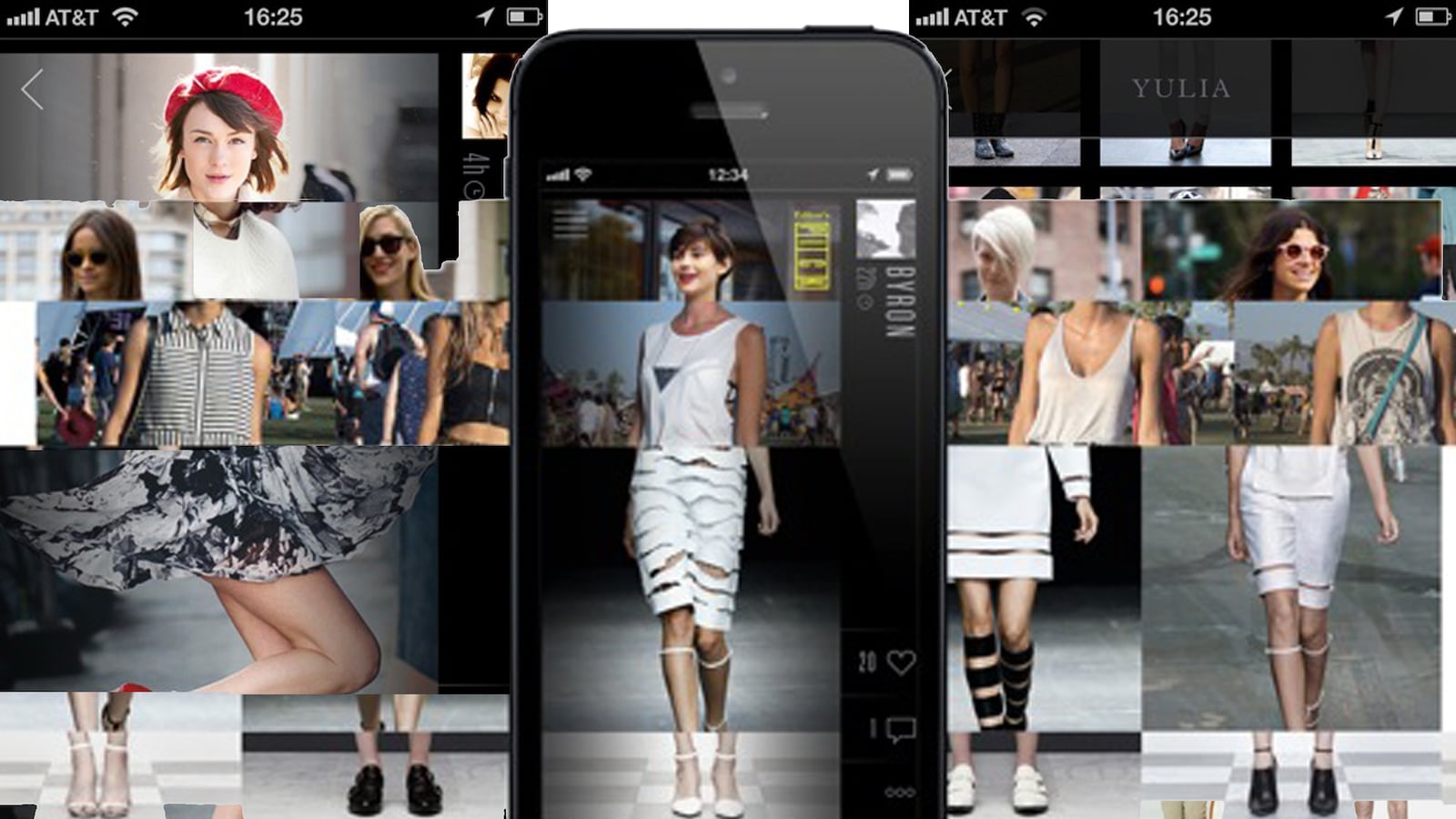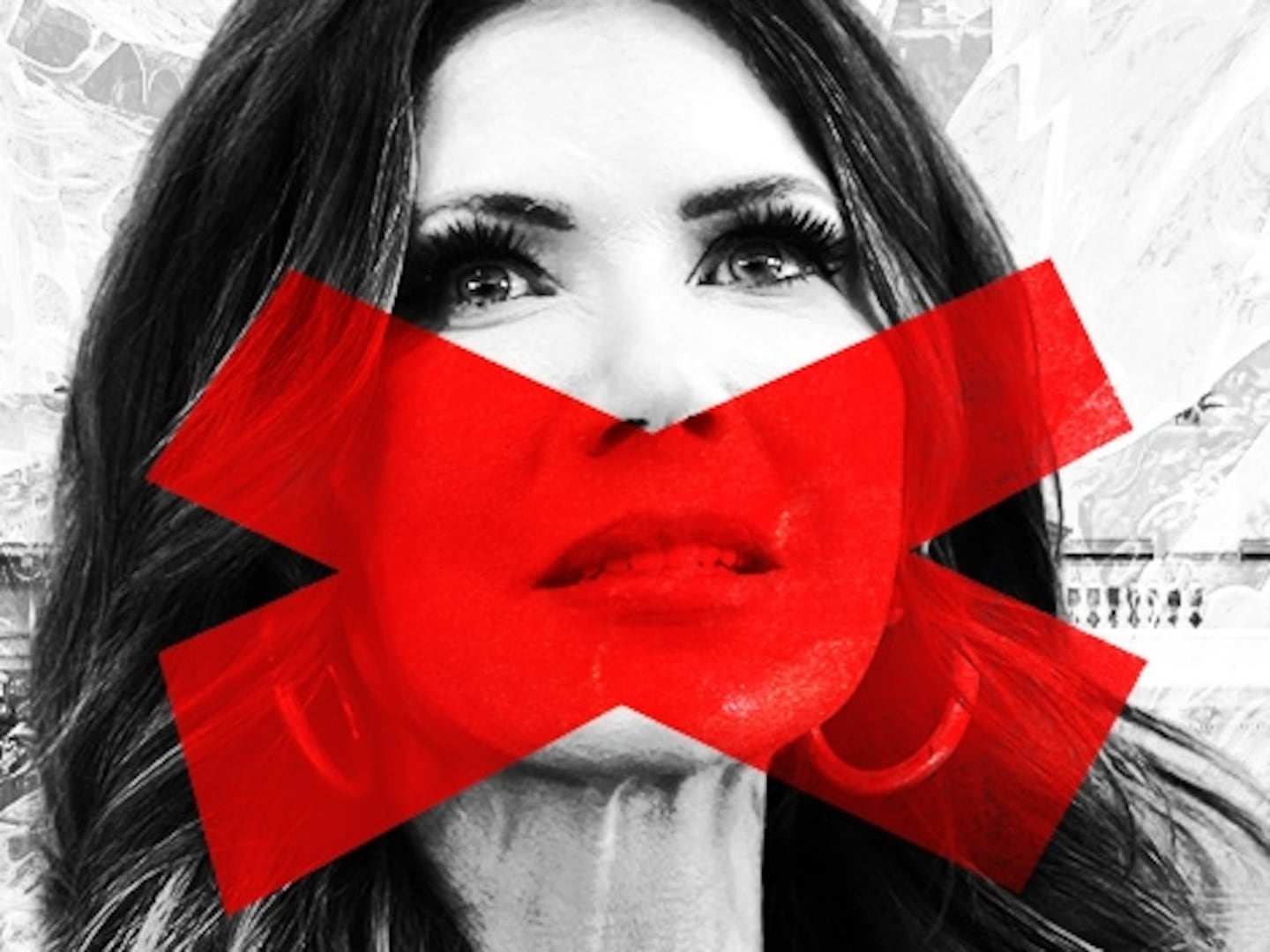
Ask any millennial which movie character’s closet they’d most like to raid, and chances are Clueless’s Cher Horowitz would be the answer. The consummate Nineties character’s inimitable fashion sense was digitally catalogued on an early Mac computer, allowing her to scroll through and mix-match looks from head-to-toe. Now, almost 18 years after the film’s release, a group of New York-based fashion enthusiasts have finally made that technology available to the public with the swipe of a finger.
Enter FIGR, a new iPhone app that is gaining ground and credibility within the fashion industry. Created by former MAC Cosmetics design director Byron Parr, VFILES’s press director Lauren Levinger, and seasoned developer Chris Parcel, FIGR allows users to scroll through runway, street style, personal style blogs, and look books to create a unique, virtual ensemble. Launched in late May, the platform has already garnered over 10,000 users, was deemed a “featured lifestyle application” by Apple, and is fast on its way to becoming high fashion’s first-ever massively successful mobile application—an accolade that surprisingly has yet to be won.
The app is formulated into four vertically stacked quadrants, splitting each of its 700 inventoried images into four categories: head, upper body, bottom, and feet. Upon signing on, FIGR users are greeted by a fellow user’s recent creation at random, giving them a baseline to work from. They can then scroll through each quadrant for a random assortment of photos, or click into specific photo albums from FIGR’s individual partnerships.
And it’s those partnerships that set this app apart from the rest. Due in part to Parr’s distinctively elevated art direction, the trio has convinced brands and bloggers – such as Alexander Wang, The Row, The Man Repeller’s Leandra Medine, Acne, Kenzo, Susie Bubble, and Street Peeper’s Phil Oh -- to submit images to the app’s database.
Parr thinks the app has already begun resonating as a style test kitchen amongst users. “You suddenly realize that an accidental outfit kind of works and then you start to get this style confidence,” Parr told The Daily Beast. Once a user completes their FIGR, it is added to their profile, which can be followed by fellow users and shared on social media. Says Parcel: “You will generally be startled by your amount of ultimate success, in same way that Instagram enabled anyone to be a stylist”
But user confidence is not the only place the group sees FIGR going in the future. While users have already been spotted exporting their complete FIGRs to Facebook and Instagram, the app’s co-founders feel that its ultimate resonance could hold more complex information. “As the runway images come off of the runway and onto the app, buyers will know what kind of items are really popular, which could help them decide what ultimately ends up in the showroom,” Parr says. Eventually, he says, the app could become a kind of trend forecaster, providing industry professionals with real-time trending information.
But for now, it is “interesting to see where the figures spread, and find themselves on different platforms,” Parr says. “It’s about being a tool for inspiration, in the way that actual fashion brands create too.”






